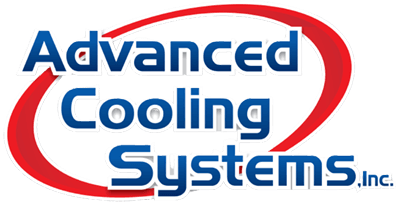Offering Trane HVAC Systems in Clearwater, Tampa, Palm Harbor, Seminole, FL & Surrounding Areas
Schedule Your Appointment Today!
Experience Unmatched Comfort and Quality with Conditioned Air's Premium Service.
(727) 334-7155"*" indicates required fields
